Unistellar Odyssey Telescope Brings Powerful Simplicity to Backyard Astronomy
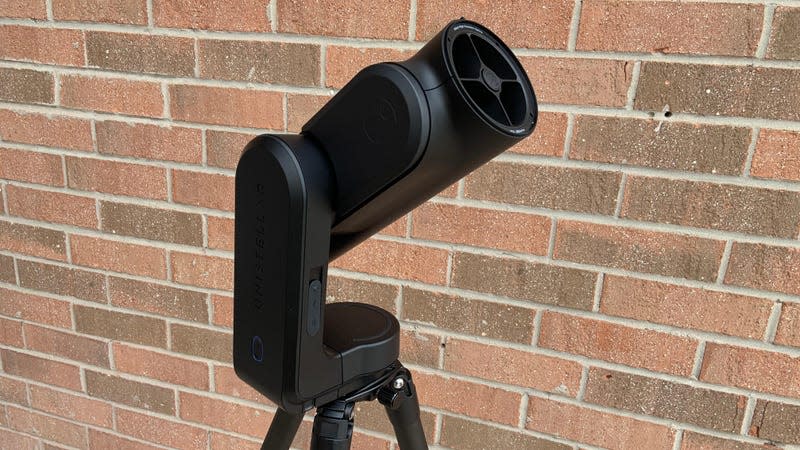
Robotic telescopes of various shapes and sizes are hitting the market these days, each promising clear views of the cosmos and ease of use—attributes not often found paired together in a single telescope. Amateur and backyard astronomers are now fully embracing this ongoing, auto-GOTO revolution, but not every manufacturer delivers on its promises.
Unistellar is not one of these companies; the French firm stands out from the crowd with its recently released Odyssey and Odyssey Pro robotic telescopes. They aren’t perfect, but they come pretty darned close.
Powerful and intuitive
Both telescopes are remarkably easy to set up and use and capable of capturing wonderful views of the cosmos. Each model connects to a user’s phone or tablet (iOS and Android), but the Pro version also includes an eyepiece—an essential feature for the purist astronomer. But that feature will cost you; the basic version, sans eyepiece, is currently retailing for $2,499, while the Pro version, with a micro-OLED display in the eyepiece (built by Nikon), costs $3,999. As of April 17, a sexy red version of the Pro model (specifically Pantone 485 C red) is available in limited stock and is retailing for $4,499.
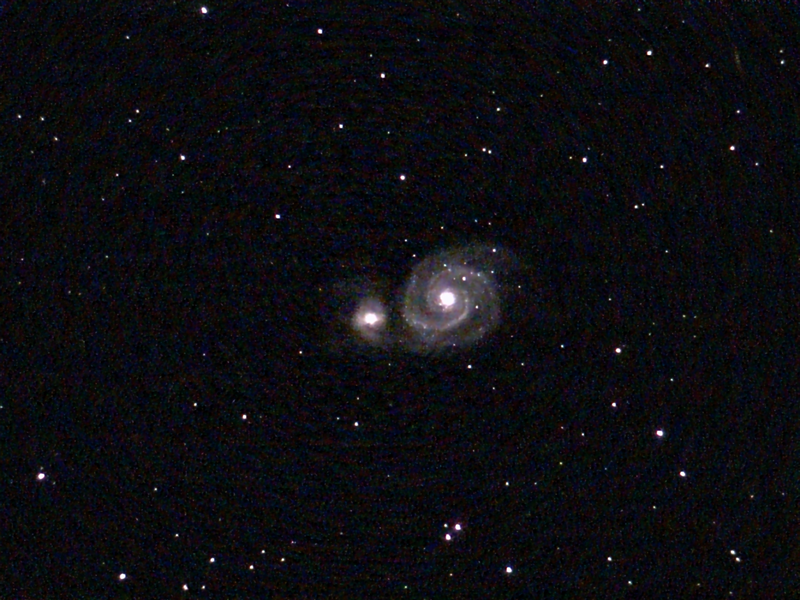
Unistellar launched its Odyssey line of telescopes under the Discovery Range, while the larger, older eVscope and eQuinox 2 models make up the Expert Range. The Odyssey models, announced this past January at the Consumer Electronics Show (CES) in Las Vegas, are smaller, lighter, and, as a result, more portable. They’re also designed for ease of use, requiring no adjustments such as collimation or focusing, making them great choices for beginners or for anyone just wanting to get on with the business of astronomy.
The smaller focal length and aperture, however, do come with some imaging trade-offs compared to the larger models. That said, deep sky views of nebulae and star clusters were outstanding, given the size of the telescope. In contrast, views of distant galaxies, such as the Whirlpool and Pinwheel galaxies, were okay and not quite as good as images captured by the larger Equinox 2.
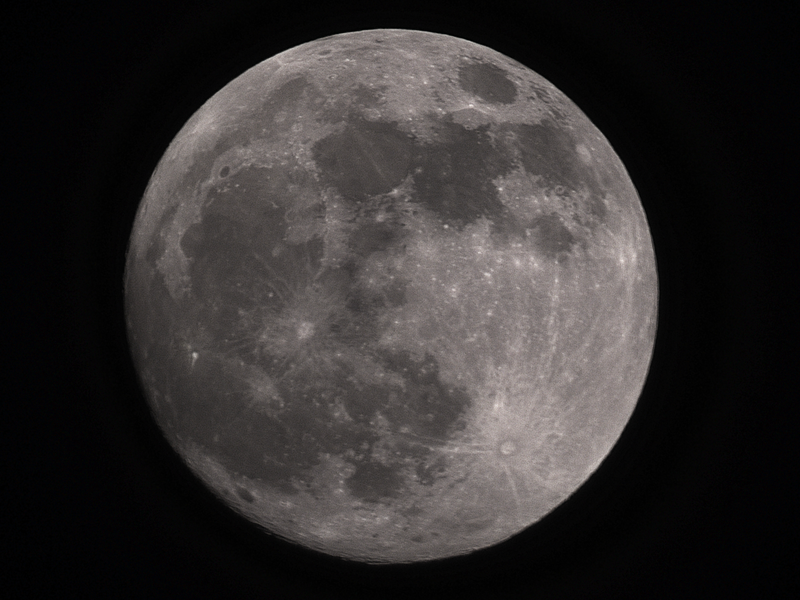
Unistellar’s telescopes utilize a feature the company calls “dynamic signal amplification.” According to the company, this combines high-quality long exposures with algorithms designed to preserve “only the most relevant signal” in the final image. The company’s proprietary Multi-Depth Technology enables clear and detailed views of nebulae, star clusters, galaxies, and planets—a significant limitation of previous Unistellar telescopes. When testing the Odyssey Pro, I used this feature to capture a long exposure of the Moon, and it came out beautifully.
Specifications
The Odyssey telescopes feature a limiting magnitude of 17.2, which is outstanding for amateur astronomy. This means it can provide clear views of very faint objects in the night sky, allowing users to explore the deeper and dimmer corners of the cosmos. The telescope, with its main mirror measuring 3.35 inches (85 mm) and a focal length of 12.6 inches (320 mm), is well-equipped for detailed observations.
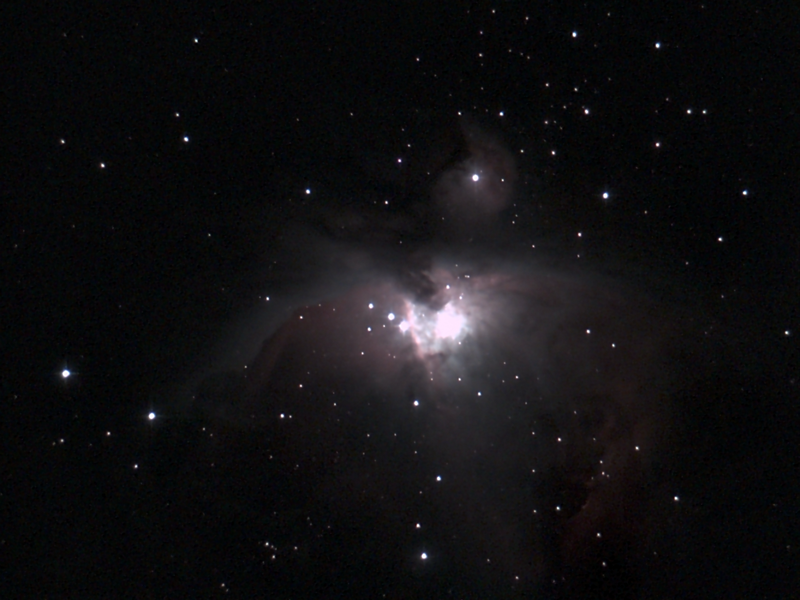
It features a field of view of 33.6 arcminutes, roughly comparable to the size of the Moon, which appears about 30 arcminutes across in the sky. This makes the telescope especially good for viewing larger space phenomena like nebulae or star clusters rather than individual stars or planets, which require a narrower field of view. Although views of planets such as Jupiter and Saturn may appear small, the level of detail is still exceptional, making them worthwhile and valuable targets. It offers a hefty 64 GB of storage for saving observations and data.
These robotic telescopes, weighing 8.8 pounds (4 kilograms) and measuring 19.9 inches in length, are reasonably portable. It can’t be described as compact, but it’s not a full-sized telescope. These models, being smaller than the company’s Discovery Range telescopes, could be packed into carry-on luggage. The telescope comes with a lightweight tripod, a power supply with adaptable plugs, and tightening tools.
Fun and easy to use
Getting started is a cinch. The first step is downloading the Unistellar app onto the handheld device of choice and connecting to the unit via wifi. The app does a good job of walking you through the process. Ten users can connect to the telescope at the same time, with one person in control and nine in observation mode. After performing a quick and easy star calibration (the telescope orients itself by sampling the night sky), it’s then a matter of choosing a target object.
As already noted, the Odyssey telescopes don’t require focusing or collimation; they employ Nikon’s optical technology, marking these as Unistellar’s first series of mirror telescopes that don’t require manual adjustments. This is a major value add, one that further boosts the accessibility of backyard astronomy.
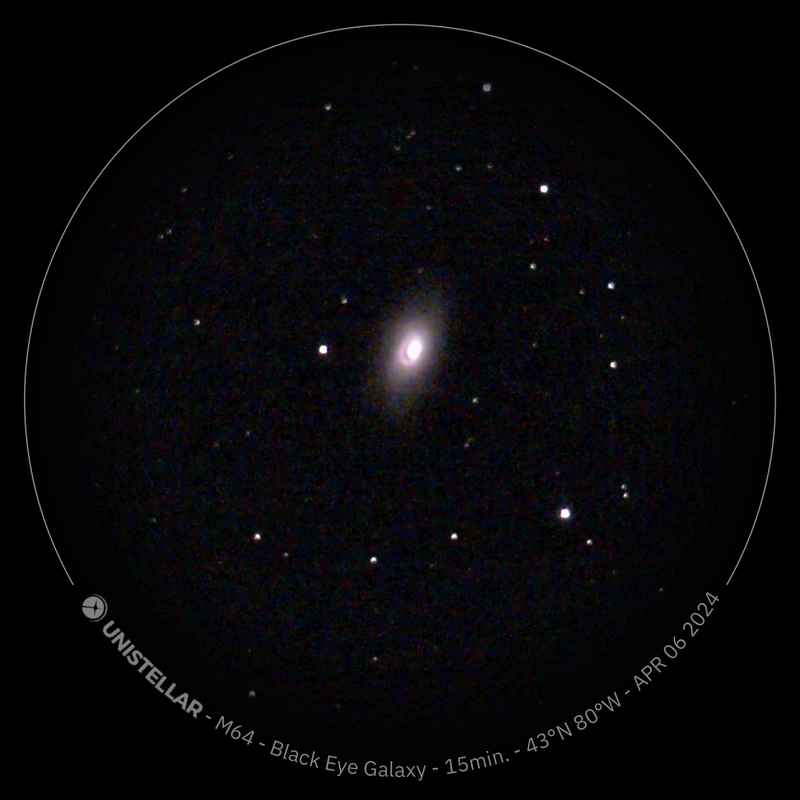
The app is very good, offering an intuitive interface and a comprehensive, searchable catalog of target objects. It also includes a curated list of the night’s most promising viewing targets—a feature that greatly expedites a nightly viewing session. Users can easily sort this list by object type, such as solar system objects, nebulae, galaxies, and star clusters.
Additionally, the app provides quick access to a dedicated science section, which caters to users interested in engaging in citizen science by allowing them to upload their observational results. These contributions assist professional astronomers in various research endeavors, such as tracking nearby asteroids, spotting distant exoplanets, or observing supernovae.
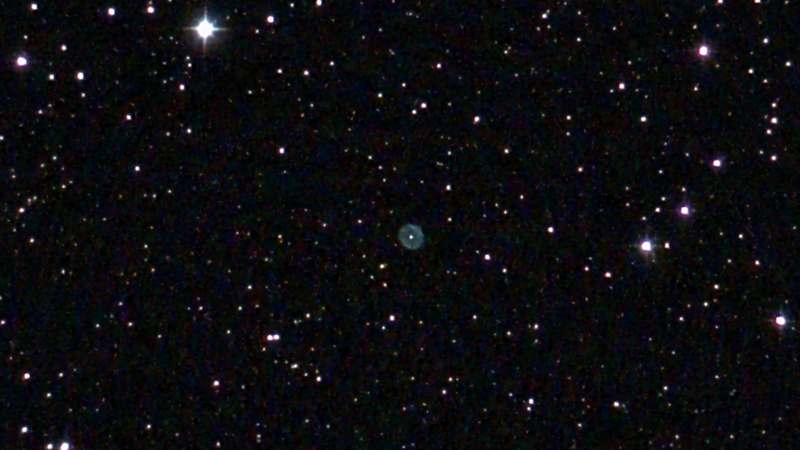
Once a target object is selected, the GOTO feature takes over, directing the telescope to the precise location and continually tracking the object as it moves across the night sky, ensuring it remains in view for long exposures. With super slow mode, a virtual joystick allows for some fine-tuning, such as centering the object in the frame. The automatic settings work just fine, but users who want to tweak the gain, exposure time, brightness, or other attributes can do so in edit mode. Remarkably clear and colorful views of deep-space objects appear within seconds and are naturally improved with longer exposures.
Users wanting to key in their own coordinates for a target object can do just that. When directing the telescope to view an object outside of the preferred range, a warning comes on the screen, which, thankfully, can be overridden (also, the altitude range can be adjusted in the settings, going down all the way to 0 degrees). That said, the telescope does struggle to maintain a lock on objects outside of what it deems to be the visible sky area. This posed a problem for me when attempting to image Comet 12P/Pons-Brooks, which hung low to the horizon.
Odyssey’s detector, featuring low noise and small pixels, is well suited for observing planets. Its 8-megapixel resolution provides detailed views of bright celestial bodies such as planets, the Moon, and the Sun. At the same time, the telescope has no problem when adjusting to larger, fainter objects like distant galaxies.
The telescope’s battery life is good, with each charge (via either USB-A or USB-C) lasting up to five hours (by comparison, the battery life of eQuinox 2 is 11 hours). This allows users to quickly capture images of deep field objects like the Orion Nebula in just a few minutes or spend an hour or more on long exposures to reveal finer details. After completing a long exposure, users can save the image to their local image library. From there, it’s easy to share your astronomical discoveries with friends and family or post them on your favorite social media platforms. Users wanting to edit their images with external software have the choice of multiple file types: FITS (the gold standard in photo astronomy), RAW, PNG, and TIFF.
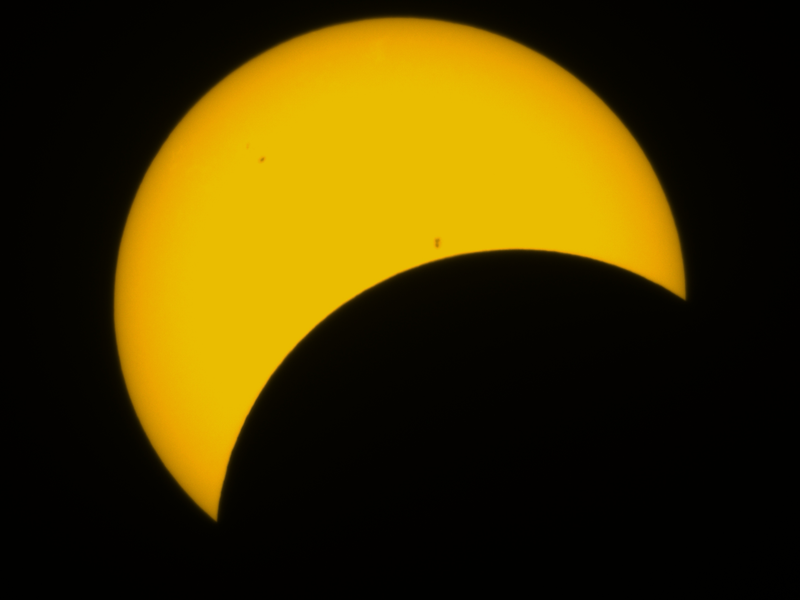
Telescopes are best used in areas free from light. Still, the Odyssey telescopes, equipped with light pollution algorithms, automatically filter out excessive light that would otherwise diminish the quality of images. But if imaging extremely bright objects is your game—and I’m talking about the Sun—Unistellar offers a $199 solar filter that comes separately. I used the filter to image sun spots and chronicle the epic total solar eclipse on April 8, and the images were very good; however, the autofocus seemed a bit off, with blurry sunspots appearing in my images. The software helps the device to automatically find the Sun, sparing your eyes from the blinding light.
The bottom line
The Unistellar Odyssey and Odyssey Pro telescopes, priced at $2,499 and $3,999, cater well to beginner and experienced astronomers seeking quality in a smaller package. Despite their small size, shorter battery life, and slightly reduced optical capabilities compared to larger models, these telescopes excel in producing remarkably clear deep-sky images. The improved ability to clearly resolve planets adds a new dimension to Unistellar’s offerings.
The digital eyepiece in the Pro version is a nice touch, providing a clear view of the target object without having to look at a phone or tablet. But to clarify, it’s an OLED eyepiece (and not a traditional ocular eyepiece), providing a similar view to what’s shown on the handheld device, which remains a requirement for astronomical sessions. Moreover, since up to nine other users can connect to the telescope using their own devices or even view the display on the primary user’s device, I remain skeptical that the additional $1,500 for the eyepiece justifies its value.
For those considering alternatives, options like Vaonis Vespera and Stellina offer similar functionality. Celestron’s recently announced Origin Intelligent Home Observatory boasts similar features. For those wanting a robotic telescope in super compact form, there’s Dwarflab’s Dwarf II.

